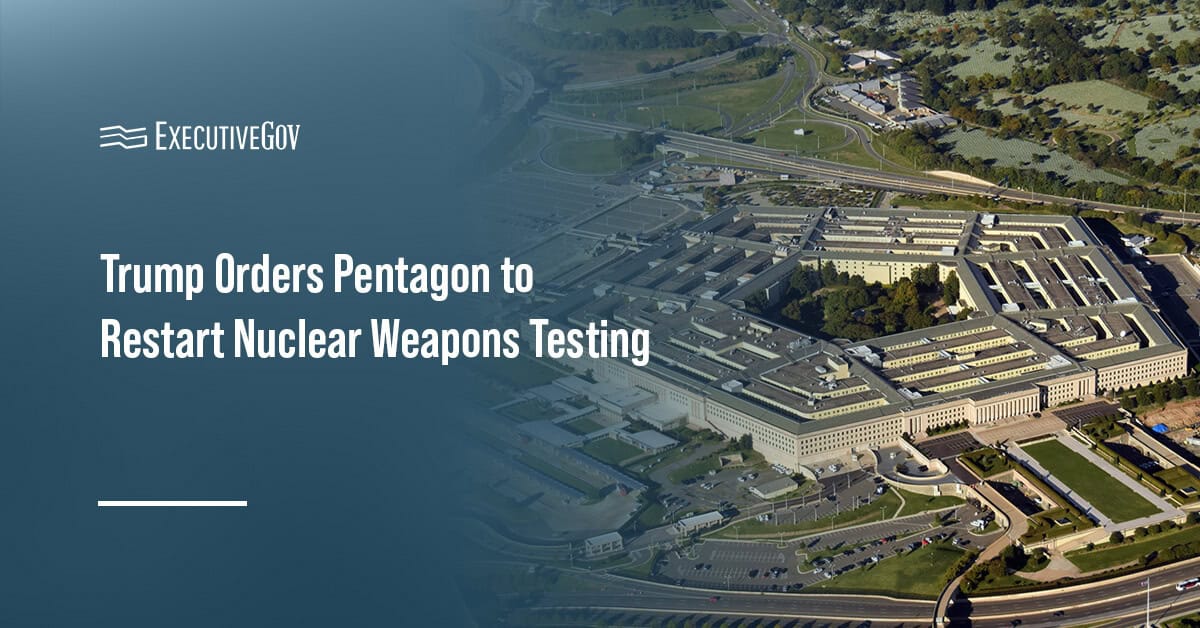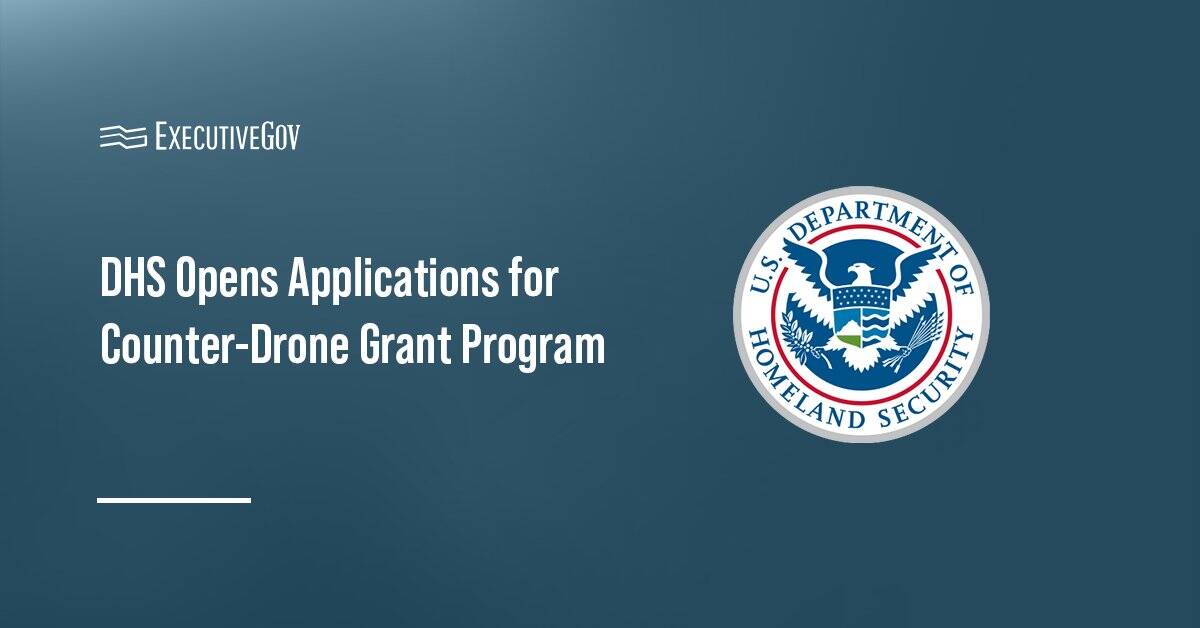The U.S. Army and its partners have created machine learning algorithms designed to help soldiers make decisions in difficult combat situations.
Army Research Laboratory (ARL) partnered with IBM, the University College London and the U.K.'s defense science and technology laboratory to develop the algorithms, the Army said Wednesday.
These algorithms consider response time, resource availability and other factors in making decisions, the Army said Wednesday.
“Example applications of our algorithms include determining which services to run at computational nodes at the tactical edge, deciding whether to dispatch forces to a certain location of interest, etc.” said Shiqiang Wang, a researcher at the IBM Thomas J. Watson Research Center.
The research looked at, among other problems, the case of when an individual must decide whether to download data on the edge of the battlefield, forward requests or utilize a remote service for data processing. Each choice comes with its own advantages and disadvantages.
Kevin Chan, an ARL researcher, said the algorithms perform based on consistency and robustness as performance quantifiers. Consistency measures an algorithm's performance with accurate predictions, and robustness quantifies performance when only inaccurate predictions are available.
“Our algorithms include a control parameter that can trade-off between consistency and robustness," Chan said.
“In this way, we can perform well when the prediction is accurate, and at the same time not too badly when the prediction is inaccurate,” he added.
The team will work further to identify more use cases for the theoretical framework developed through the research.





